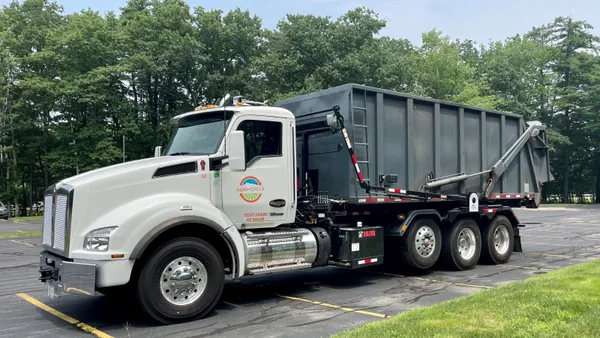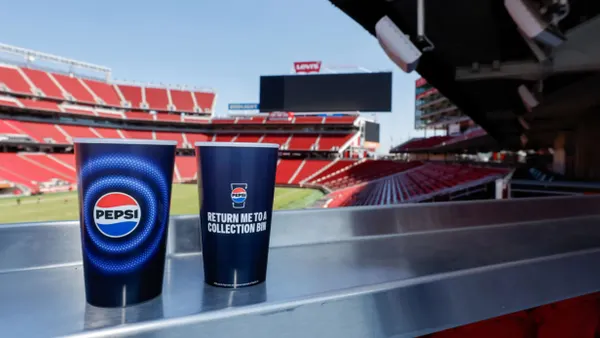Dive Brief:
- Stericycle has proposed relocating to a new incineration facility in Tooele County, UT, where it could burn 18,000 tons of hospital, medical, and infectious (HMI) waste per year—more than double the volume it burns at its current North Salt Lake City facility. The proposed facility would be built on 40 acres that also house Wasatch Regional Landfill, U.S. Magnesium, and ATI metals.
- The company agreed to leave Salt Lake and to pay $2.3 million in fines after the state found toxic emissions violations in 2011 and 2012, though the fines will be halved if Stericycle makes the move within three years of getting permits, according to The Salt Lake Tribune.
- State regulators have reviewed the plan, which has been presented for a 30-day public comment after which an April 18 public hearing will be held.
Dive Insight:
Dr. Brian Moench, president of Utah Physicians for a Healthy Environment, was not happy to hear of plans for the company with its tainted history to increase production. "We think it's inappropriate to have these kinds of facilities anywhere ... We hope that when they move they don't have any customers" he told the Salt Lake Tribune.
Gov. Gary Herbert is calling for an investigation into potential criminal activity to explain the violations. The company was also under fire over a 2008 complaint that it was overcharging government entities.
Some of the rationale leading to the consideration of Stericyle’s relocation is that the proposed new area has cleaner air, requiring less stringent regulation, and it’s in an industrial zone, while the current facility is near a residential area. Clean air advocacy groups consider it a positive that the incinerator is moving—but they'd prefer it be shut down altogether.
Meanwhile if the proposal were to pass, Stericycle would have certain precautionary measures in place, including a two-stage combustion system to ensure relatively safe and efficient destruction, and air pollution control systems. Contained waste would be transported to the facility by truck and the containers would be staged for processing or stored until they are handled. They will be scanned for tracking and checked for radioactivity before the waste is incinerated and transferred to a landfill.









